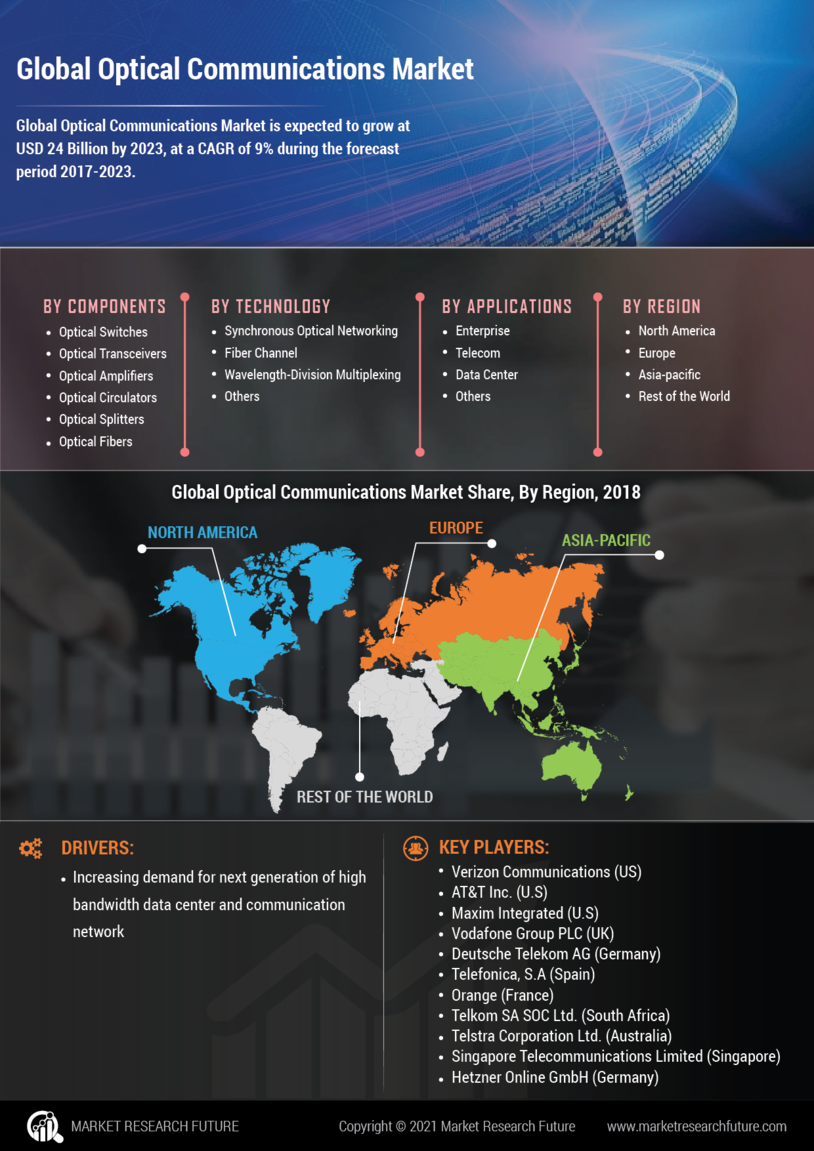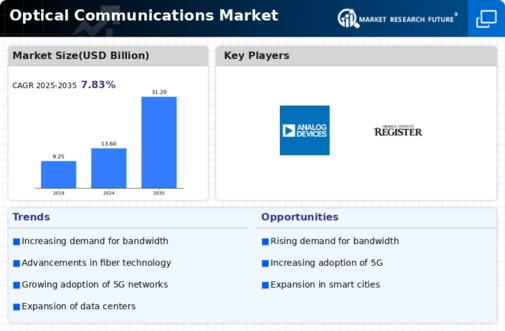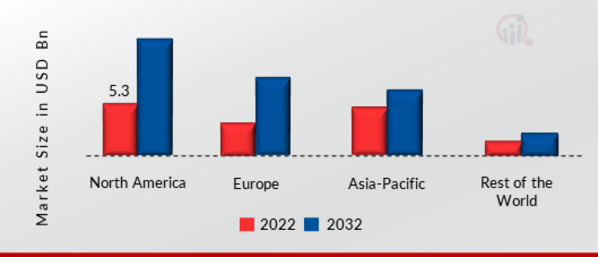Leading market players are investing heavily in research and development to expand their product lines, which will help the Optical Communications market, grow even more. Market participants are also undertaking several strategic activities to expand their global footprint, with important market developments including new product launches, contractual agreements, mergers and acquisitions, higher investments, and collaboration with other organizations. To expand and survive in a more competitive and rising market climate, the Optical Communications industry must offer cost-effective items.
Manufacturing locally to minimize operational costs is one of the key business tactics manufacturers’ use in the global Optical Communications industry to benefit clients and increase the market sector. In recent years, the Optical Communications industry has offered some of the most significant advantages to technology.
Major players in the Optical Communications market, including Verizon Communications (US), AT & T Inc. (US), Maxim Integrated (US), Vodafone Group PLC (UK), Deutsche Telekom AG (Germany), Telefonica, S.A (Spain), Orange (France), Telekom SA SOC Ltd. (South Africa), Telstra Corporation Ltd. (Australia), Singapore Telecommunications Limited (Singapore), Hetzner Online GmbH (Germany), ADVA Optical Networking Ltd. (USA), and others, are attempting to increase market demand by investing in research and development operations.
HFCL Limited is an Indian technology business headquartered in Gurugram. It creates, develops, and produces fiber-optic cables, telecommunication equipment, and other related devices. The corporate services several industries, including cable fiber, railroads, security, and telecommunications. For Instance: In January 2023, HFCL declared that it had received an order worth approximately USD 11.5 million from Reliance Projects and Property Management Services Ltd. As per the contract, HFCL and its subsidiary, HTL Ltd., will offer optical fiber cables to one of India’s top private telecom Operators.
ADVA Optical Networking Ltd. was founded to transport data, storage, audio, and video signals at native speeds and with the smallest possible latency. Since then, a lot has happened, but its vision hasn’t altered. ADVA technologies serve as the foundation for future networks, allowing for the global distribution of ever-distribution of ever-increasing amounts of data. ADVA develops intelligent, software-automated solutions that will give future generations’ networks that can grow to meet rising bandwidth demands, from access to the metro core to the long haul.
For Instance: March 2022, ADVA Optical Networking launched a pluggable MicroMux Edge BiDi device with four independent and bidirectional 10GbE optical interfaces to help the operator increase capacity and address the fiber restrictions in the access network.




